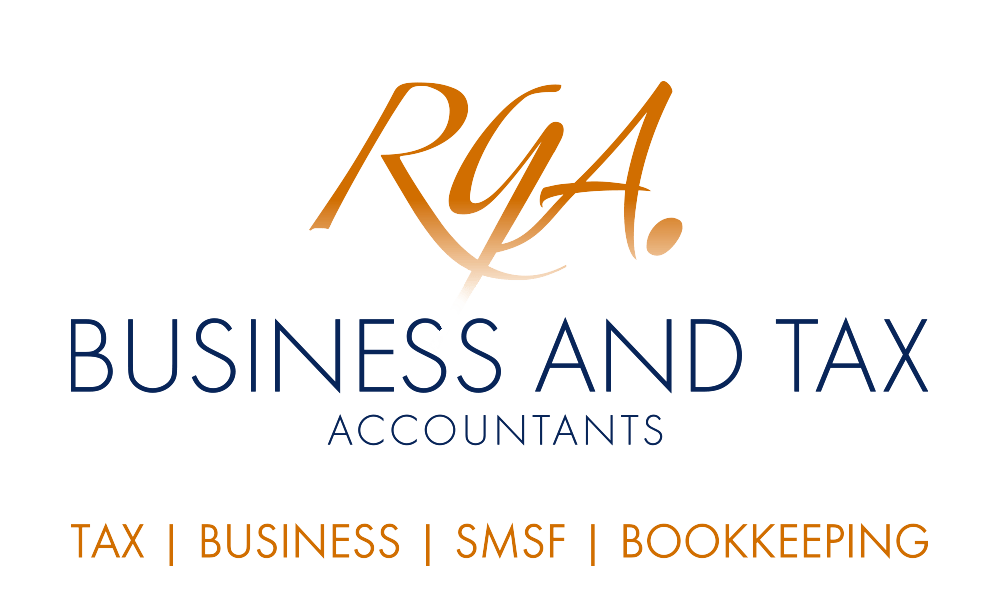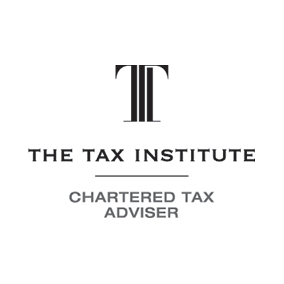 The lower corporate tax rate was introduced last financial year, ie 2016–2017. The rules that applied for that year allowed any company that carried on a business to access the lower rate, provided that their aggregated turnover was less than $10 million. In other words, there was a "carrying on a business" test, in addition to the aggregated turnover test.
The lower corporate tax rate was introduced last financial year, ie 2016–2017. The rules that applied for that year allowed any company that carried on a business to access the lower rate, provided that their aggregated turnover was less than $10 million. In other words, there was a "carrying on a business" test, in addition to the aggregated turnover test.
An additional test is proposed for 2017–2018. The new passive income test contained in the Bill sets out that companies that derive 80 per cent or more of their income from passive sources (eg, through dividends, rent, interest) will not qualify for the 27.5 per cent rate and instead will be taxed at the higher rate of 30 per cent. This test can be explained further in this way: if your company has passive income, you need to demonstrate that at least 20 per cent of its income comes from active business activity (ie, is trading income).
Don't forget that the aggregated turnover threshold has been increased from $10 million to $25 million for 2017–2018. This means that more companies than last year may qualify to pay tax at a lower rate.
If you have a company that receives income from a trust and you are unsure how the changes may affect it, please let us help you.
What was the reason for the introduction of the passive income test?
Well, the ATO had advised in another context that companies may be considered to be carrying on a business even if they only hold passive investments. The media has picked up on this and suggested that "bucket companies" – which receive income from family trusts – could qualify for the reduced company tax rate.
The Government reacted swiftly in response, confirming that the lower rate was meant to apply to active trading businesses and not to passive investment companies.
However, a company that wishes to access the lower rate must also continue to satisfy the carrying on a business test as well as the 80% threshold test in 2017–2018. In other words, the company must carry on a business and ensure that no more than 80 per cent of its income comes from passive investments (in addition to having aggregated turnover of less than $25 million).
When is a company deemed to be carrying on a business?
A company can be carrying on a business even if its activities are relatively limited and primarily consist of albeit "passive" activities, such as receiving rent or returns on its investments and distributing them to its shareholders.
The ATO accepts that the following will qualify as carrying on a business:
- a property investment company that lets out and manages a commercial property;
- a share investment company; and
- a holding company that only holds shares in a subsidiary, where it invests the shares and also manages the company group.
Which companies are not carrying on a business?
On the other hand, the following companies are not deemed to be carrying on a business:
- a dormant company with retained profits, on which it derives small amounts of interest; and
- a company engaged solely in the preliminary activity of investigating the viability of carrying on a particular business.
Want to find out more?
Which category does your family trust fall within? If you run a passive investment company and you need to know if you can claim the 27.5 per cent rate, please get in touch with us to discuss your individual circumstances.
Call us at Robert Goodman Accountants on 07 3289 1700 or email us at
reception@rgoodman.com.au
.
© Copyright 2017. All rights reserved. Source: Thomson Reuters
Brought to you by Robert Goodman Accountants









